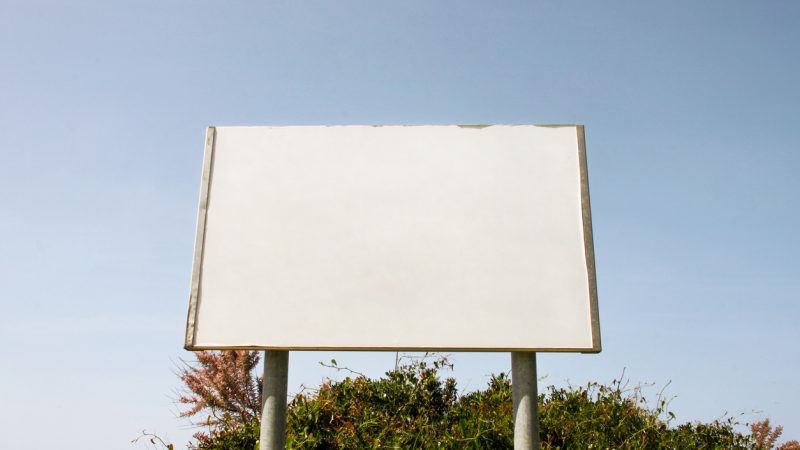It’s time to optimise OOH spend in the post-COVID era
Co-founder of Total Outdoor Media Ged Hart suggests a reevaluation of one of advertising’s oldest strategies is long overdue.
From its initial heyday to freeway bypasses and the digital media revolution, Out-Of-Home (OOH) has seen its fair share of market highs and lows. Post-COVID, as mass interstate migration and relocation trends have seen regional gateway towns surge in population, OOH companies have started investing once more in large format static and digital inventory.
There has never been a more opportune time for advertisers to re-assess where their OOH media spend is being focused, and engage with a highly localised audience once more. But in order to maximise the effectiveness of any OOH spend, it’s critical that advertisers and media buyers alike better understand the new landscape.


